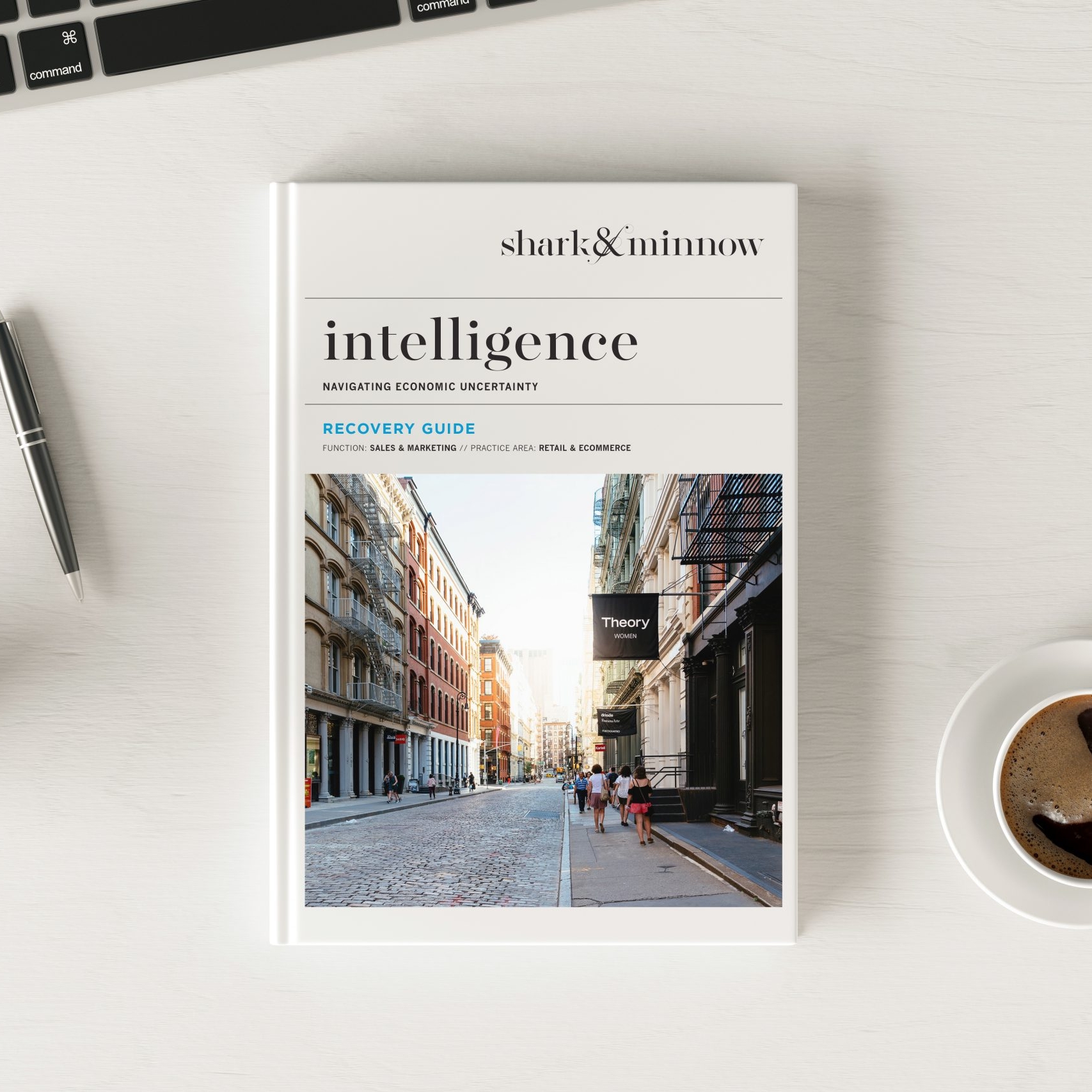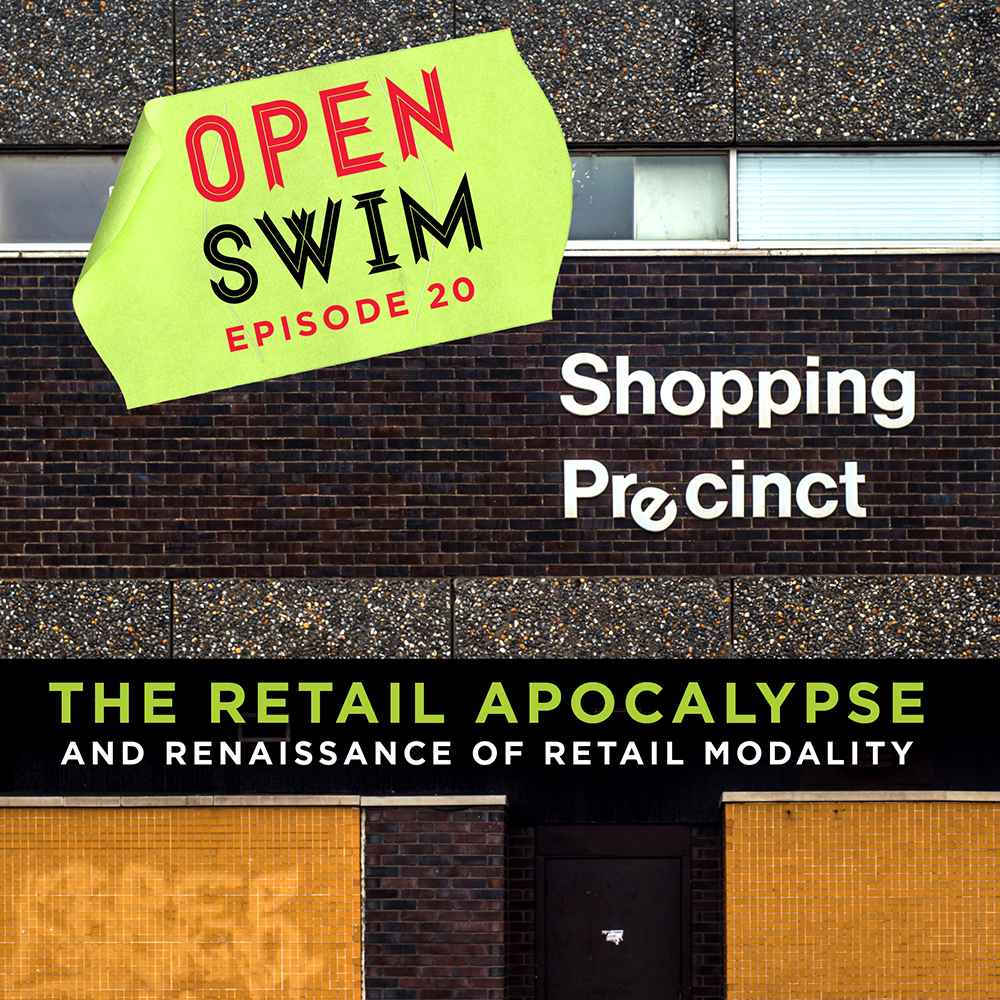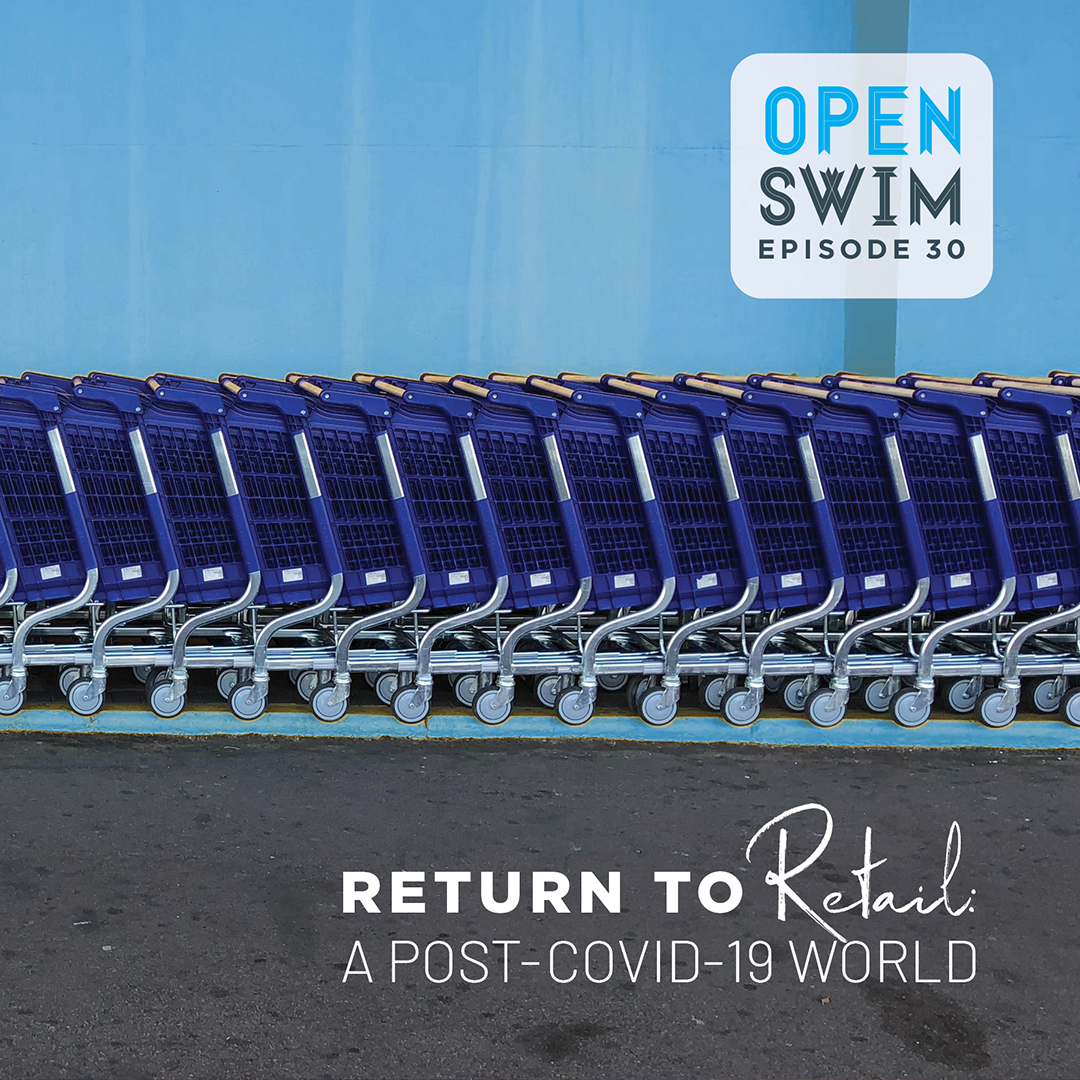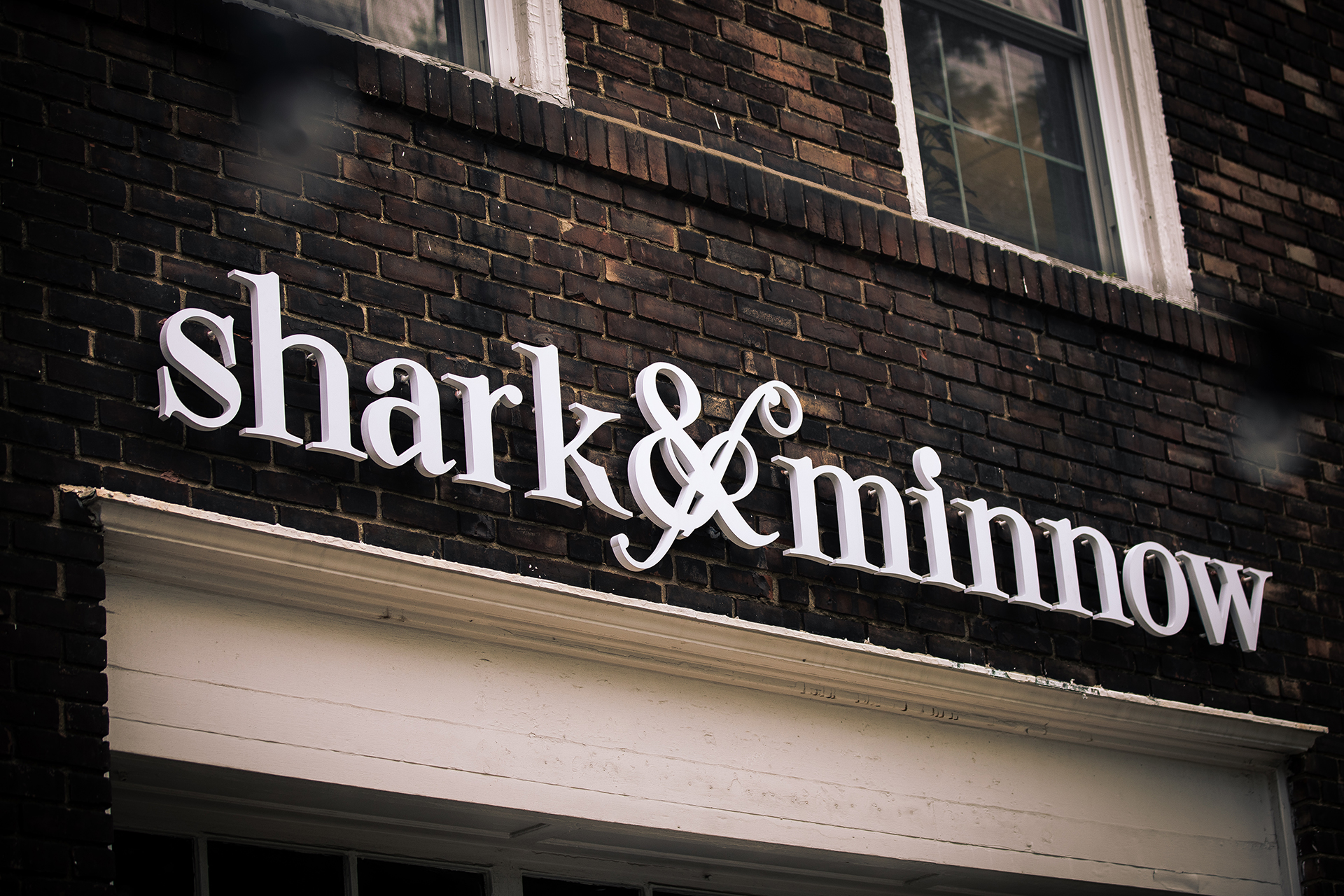It’s no secret: the world of retail is changing – rapidly. One noticeable 2020 trend is the way commerce is accelerating its migration to digital platforms at rates that far exceeded even the most aggressive predictions. While eCommerce is still just a fraction of total U.S. retail sales, it’s growth during the COVID-19 pandemic has increased at a rate of 18%, while total retail sales are expected to decline 10.5% through the end of 2020, which is even more than during the 2008-09 Great Recession.
As a Google Partner, shark&minnow is committed to staying on top of the trends and insights that are reported and shared by the world’s leading search provider.
This year’s Google Think Retail on Air series took place the week of September 1 and provided key insights to the upcoming holiday season.
Here are our top 5 takeaways from the series:
Unwrapping: Evolving Brand Loyalty & Value Shopping Drive Holiday 2020
Consumers are changing the way they shop due to COVID-19. According to Google, one third of U.S. shoppers say that they have purchased from a brand new to them during the pandemic and will continue to purchase from that brand in the future.
Consumers are open to trying new services, such as BOPIS (buy online, pick-up in store), delivery and curbside pickup.
For example, searches for “best grocery delivery” are up 700% YoY. Consumers are also prioritizing quality and affordability in their purchase decisions, as searches with “best affordable” in the query are up 60% YoY.
These changes in shopping behavior provide retailers the opportunity to:
- Optimize your business strategy to acquire new customers and keep current customers happy
- Rethink (or establish) your brand’s omnichannel experience
- Take stock of your business’s data to determine new opportunities
Just What I Wanted: Consumers Will Not Sacrifice Gifting Success
Despite lots of consumer behavior changes in retail, shoppers still care about what they cared about pre-pandemic. It’s important for many people to be viewed as great gift-givers during the holiday season and have good gift-giving experiences. In fact, 60% of consumers say that finding the perfect gift is the most important part when giving a gift.
Google says that being able to find gifts for loved ones that they didn’t previous want (pre-pandemic) will be a key motivating factor for shoppers this holiday season.
Looking at YouTube trends, video searches related to “sourdough bread” are up 260% — most likely, gift givers would want to give items related to this, such as Dutch oven cast iron pans, or bread baskets, compared to last year, where the same gift givers would have purchased something unrelated to bread baking.
If the perfect gift eludes shoppers, they will be on the look for gift cards from their favorite brands. Searches for “gift card online” have grown more than 100% globally during the pandemic.
…but the way consumers will make purchases is going to be different
Shoppers are continuing the “pre-shopping” behaviors we’ve seen in recent years – but at greater rates. Customers are using digital tools to browse, explore, research and buy products for the upcoming holiday season. 73% of U.S. shoppers say they will shop more online for the holidays this year than in previous years and 77% say that they will browse for gift ideas online and not in store. A few of the biggest search query gains are:
- “art supplies online” – up 400% YoY
- “fashion online shopping” – up 600% YoY
- “meat delivery service” – up 1,000% YoY
Shoppers are also looking ahead to the holiday season now. 25% of U.S. shoppers said that they have already begun shopping for the holidays and 2 in 3 shoppers are planning to shop early to avoid in-demand items being out of stock and to avoid large crowds at stores.
F.O.G.O. — Fear of Going Out
Looking ahead to the holiday season, shoppers admit to having a case of FOGO – or the “fear of going out.” While only 17% of shoppers say that they will not go in store for holiday shopping, 44% say that they are nervous about shopping in store. The stress of keeping socially-distanced from other shoppers and the risk that being in closed spaces has consumers concerned for their health and the health of those close to them.
A lot of physical store locations are now being treated as a “transaction point” where customers can simply pick up a product, or where the product can be shipped or delivered from. In fact, searches related to pick up and delivery have skyrocketed YoY:
- “available near me” is up 100%
- “click and collect” is up 600%
- “curbside pickup” is up 3,000%
The Omnichannel Retail Experience: No Longer a “Nice to Have”
Despite the inherent challenges that all businesses are facing, it is a great time to re-examine the buying-experience for your customers. Providing new services and putting your customer first before the product will allow you to attract new customers.
Because consumers are shifting a greater percentage of their spend to purchasing online, retailers need to rethink their operations and to build their shopping experience to be digital-first. If this hasn’t been a priority in the past, it should be now. The prediction is that – while the pandemic has precipitated many of these expanded trends and behaviors – they won’t disappear once public health gets back towards a sense of normalcy. Many of these new ways of shopping will be an expectation of shoppers – and this goes for retailers across category lines.
A disruptive approach and addition of new business services/tools fuels the overall customer experience a shopper has with your brand. Shifting behaviors are a great opportunity for retailers to experiment with new ideas – especially legacy products and services, such as in the banking and finance.
The Quick Take
The COVID-19 pandemic has caused chaos and uncertainty. But it has also provided a time for retailers to revisit their strategies. By leveraging strategic expertise and building expansive marketing experiences that surprise, delight and sell retailers can reach new audiences and engage customers in unique ways.
Download shark&minnow’s Retail Recovery Guide here. We’re here to help make Holiday 2020 a different success story for your brand.
Also, listen to the thinkers and creators at shark&minnow discuss the future of retail in this episode of Open Swim.
Trending Topics
As the nation’s largest private-sector employer, retail contributes $3.9 trillion to the annual GDP and for 2020 it was projected that retail sales would rise almost 4% YOY. However, due to the coronavirus pandemic, sales decreased nearly 9% in March 2020, marking the largest one-month drop for retail sales in American history since the U.S. Department of Commerce began recording these stats in 1992. Beyond consumer essentials, almost every product category dropped as much as 70% or 80% YOY.
However, there is hope for stores, grocers, wholesalers, restaurants and internet retailers. American shoppers returned in force in May 2020 – creating a rebound in retail spending of 17.7% MOM after the lockdown triggered devastating declines since the COVID-19 outbreak started in the U.S. in March 2020.
As consumer behavior evolves to alleviate the effects of the pandemic, so will the strategies of retailers. Value chains will become more flexible, distributed and nimble with a greater focus on transparency, performance and reliability.
In this episode, the thinkers, creators and storytellers at shark&minnow debate the death of retail and discuss digital transformation strategies and emerging trends that are changing the future of retail and the shopper’s experience in brick-and-mortar and eCommerce stores.
In this episode, the thinkers, creators and storytellers at shark&minnow discuss retail in a post-COVID-19 world and how consumer behavior will change after living through a pandemic.












